Women think best full body workout for females we will describe how you should do exercises for your full body fitness. Finding the best full body workout for females can be overwhelming, especially with endless options available online. Whether you’re a beginner looking to tone up, a busy mom wanting to stay fit at home, or someone aiming to build strength and confidence, this guide covers the most effective and achievable full body workouts for women — no gym membership required.
Such as in this blog post, you’ll discover powerful female full body workout routines, expert fitness tips, and how to stay consistent even with a hectic schedule. Let’s dive in!
Why Full Body Workouts Are Ideal for Women
Such as unlike split routines that target one muscle group per session,best full body workouts for females work multiple muscle groups simultaneously. This means:
- Faster results in less time
- Increased calorie burn
- Better functional strength
- Improved hormone balance and bone density (especially important for women)
Such as whether you’re training at the gym or doing a home workout for women, such as full body workouts are an efficient and effective way to reach your fitness goals.
Top Benefits of a Full Body Workout for Females
- Time-Efficient: Train your entire body in under 45 minutes.
- Fat Loss & Muscle Tone: Such as burn fat while sculpting lean muscle.
- Boosted Metabolism: Compound movements increase after-burn effect.
- Versatile: Such as suitable for all fitness levels and can be done with or without equipment.
- Hormonal Support: Such as helps regulate cortisol and supports a healthy menstrual cycle.
Best Full Body Workout for Females
This full body workout for women at home is perfect for beginners and requires no gym or equipment.
Bodyweight Squat
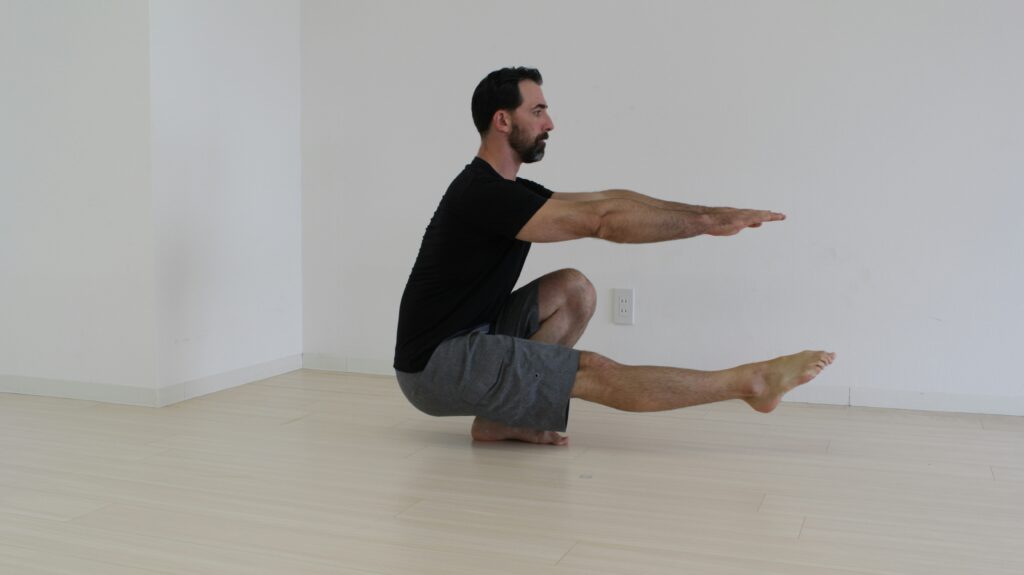
Start Position:
- Stand tall with feet shoulder-width apart or slightly wider
- Such as toes should point slightly outward (10–15 degrees)
- Keep your chest up, shoulders relaxed, and core engaged
Movement:
- Begin the movement by pushing your hips back such as if you’re sitting into a chair
- Bend your knees while keeping your back straight and chest lifted
- Such as lower yourself until your thighs are parallel to the floor (or as low as comfortable)
- Keep your knees aligned with your toes such as (don’t let them cave inward)
Bottom Position:
- Such as your weight should be distributed on your heels and midfoot (not on your toes)
- Such as knees should not go far past your toes
- Keep your spine neutral—not rounded or hyperextended
Return to Start:
- Press through your heels to rise back up
- Such as straighten your legs and squeeze your glutes at the top
Arm Circles
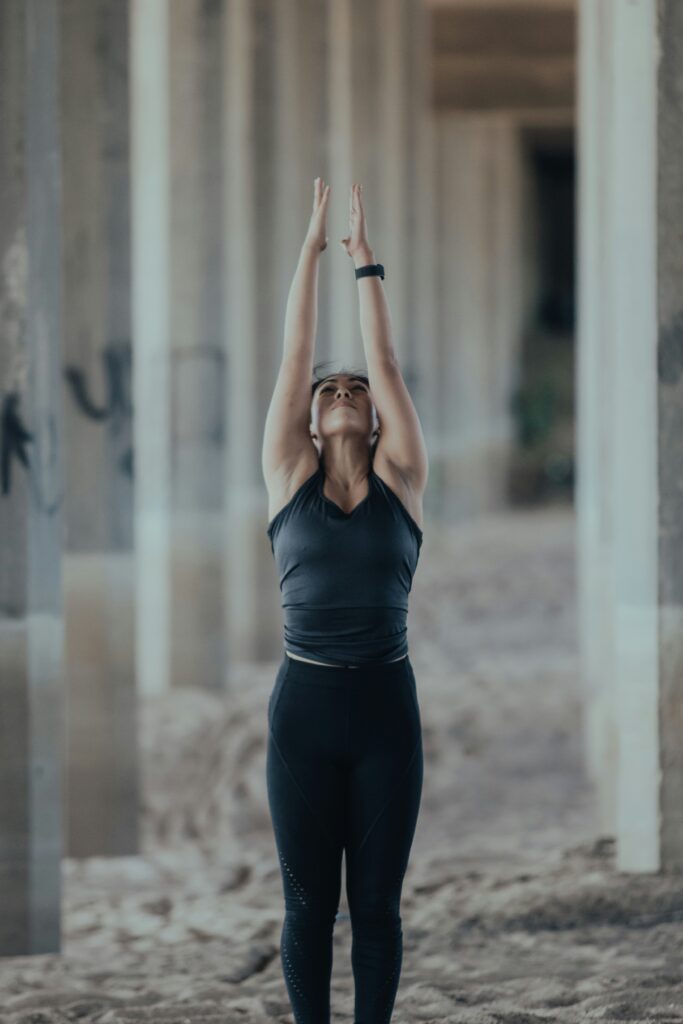
Starting Position
- Such as stand tall, feet shoulder-width apart.
- Keep a slight bend in your knees.
- Arms extended out to the sides, parallel to the floor, palms facing down.
- Such as engage your core and pull your shoulders down and back (avoid shrugging).
Movement
- Begin with small forward circles (about 6–8 inches in diameter).
- Such as after 30 seconds to 1 minute, reverse to small backward circles.
- Such as you can increase the size to medium or large circles for more shoulder mobility and challenge.
- Such as maintain the same circular rhythm—smooth, controlled motions without jerking.
Target Muscles
Arm circles primarily target the upper body, specifically such as:
- Deltoids (shoulders)
- Trapezius (upper back)
- Biceps and triceps
- Rhomboids (between shoulder blades)
High Knees
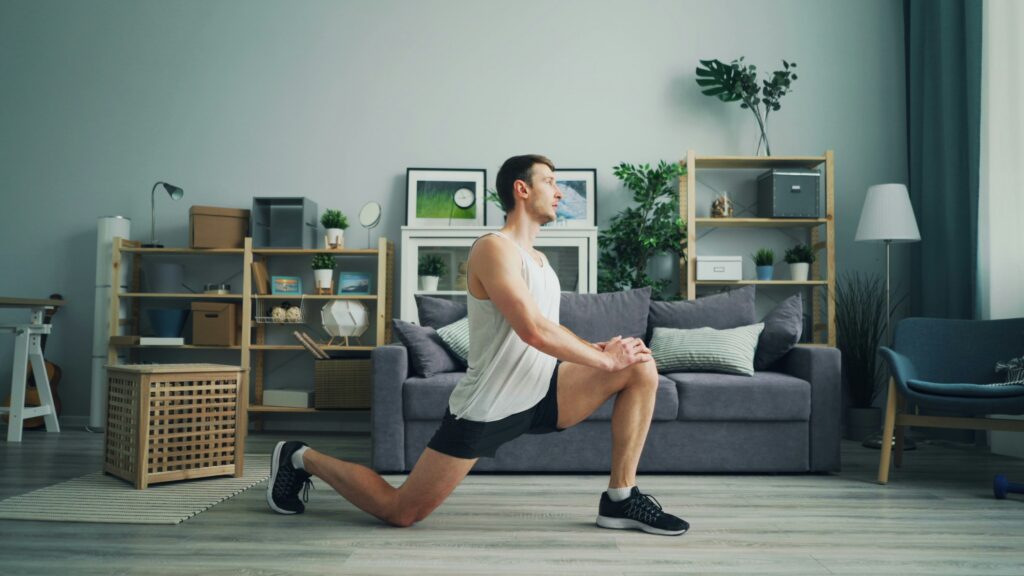
Starting Position:
- Such as stand tall with feet hip-width apart.
- Engage your core and relax your shoulders.
Movement:
- Drive your right knee up toward your chest as high as possible.
- Such as quickly switch to your left knee, pumping arms in opposition like running.
- Land lightly on the balls of your feet, keeping a brisk pace.
Breathing:
- Inhale through your nose, exhale through your mouth.
- Try to maintain steady like breathing, especially during long sets.
Target Muscles
There are some targeted muscles such as:
- Quadriceps
- Hamstrings
- Glutes
- Hip flexors
- Calves
- Core (especially lower abs)
Leg Swings
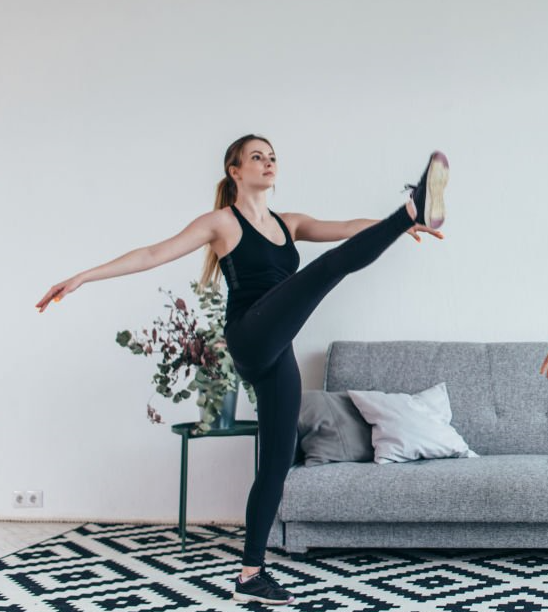
1. Front-to-Back Leg Swings (Sagittal Plane)
- Targets: Such as hamstrings, hip flexors, glutes, and quads.
- How to Do It:
- Such as stand next to a wall, railing, or something for balance.
- Swing one leg forward and backward in a smooth, controlled arc.
- Keep your torso upright and your core engaged.
- Such as perform 10–15 swings per leg.
2. Side-to-Side Leg Swings (Frontal Plane)
- Targets: Hip abductors and adductors (inner and outer thighs).
- How to Do It:
- Face the wall with both hands resting on it for balance.
- Such as swing one leg across your body and then out to the side.
- Avoid rotating your torso; keep your core tight.
- Such as perform 10–15 swings per leg.
Muscles Worked
- Hamstrings
- Hip flexors
- Quadriceps
- Glutes
- Adductors (inner thighs)
- Abductors (outer hips)
Jumping Jacks – Detailed Breakdown
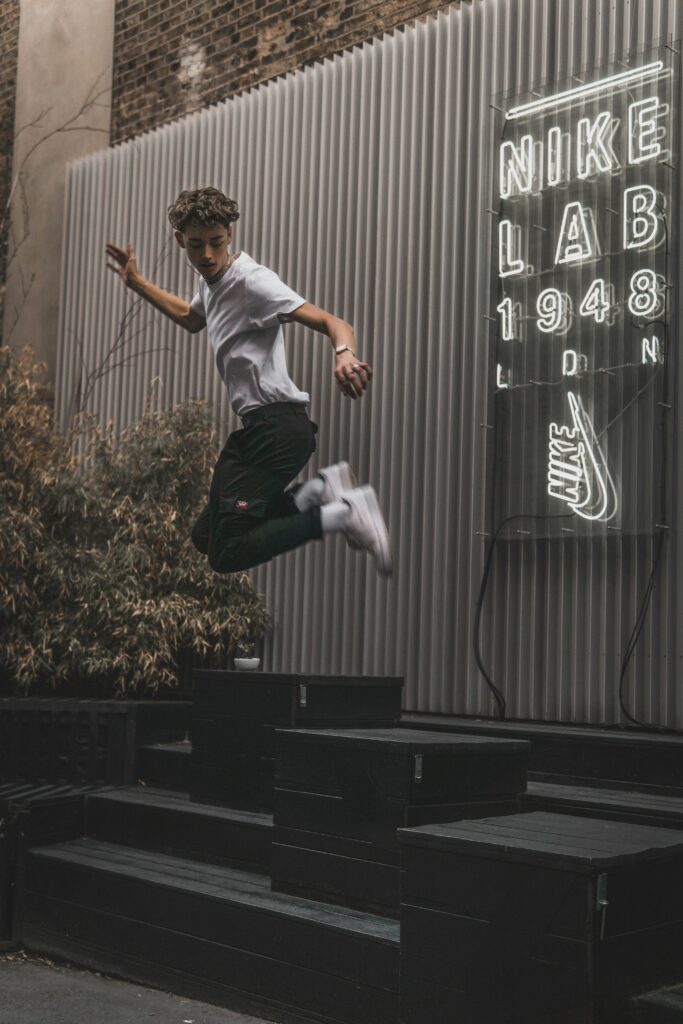
Starting Position:
- Stand tall with feet together and arms at your sides.
- Engage your core and keep your posture upright.
Movement:
- Jump your feet out to the sides such as (wider than shoulder-width).
- At the same time, raise your arms above your head until they almost touch.
- Such as quickly jump back to the starting position.
- Repeat rhythmically.
Breathing:
Inhale such as you jump out, exhale as you return.
Beginner Push-Up Variations
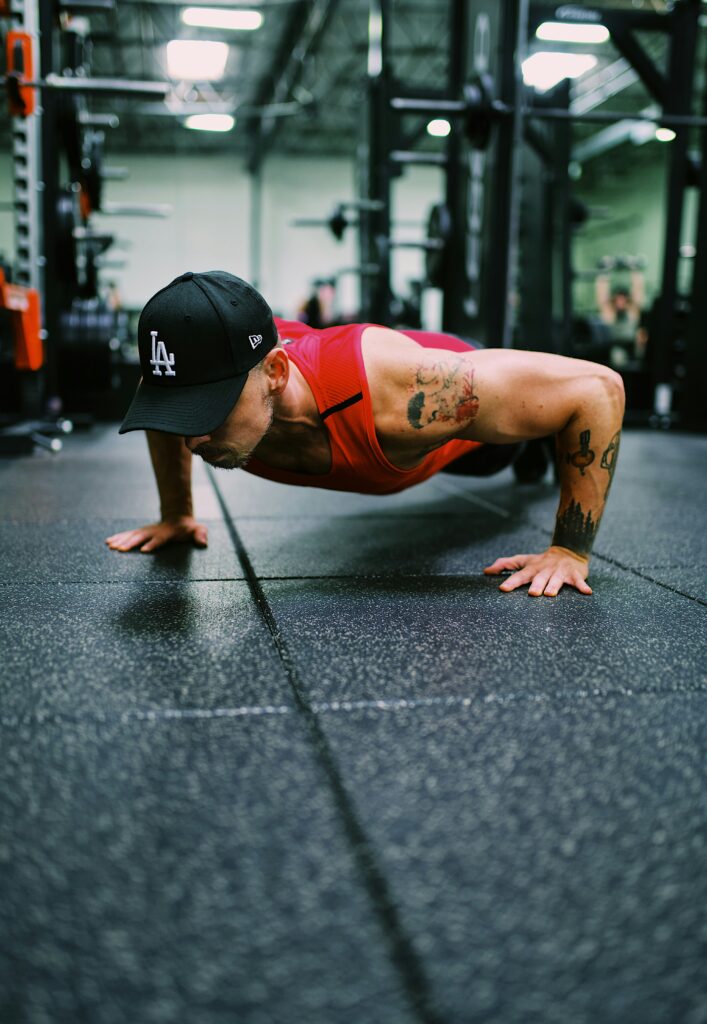
These are great such as if you’re just starting out or building strength:
Wall Push-Ups
- Stand facing a wall, arms outstretched.
- Place your palms on the wall at shoulder height.
- Bend your elbows to bring your chest toward the wall, then push back.
Incline Push-Ups
- Use a sturdy surface (like a bench or table).
- Such as hands on the surface, feet on the floor.
- Lower your chest toward the edge, then push back up.
Knee Push-Ups
- On the floor, hands shoulder-width apart, knees on the ground.
- Keep your back straight, lower your chest, and push up.
Standard Push-Up
- Lie face down, hands slightly wider than shoulders.
- Keep your legs straight and core tight.
- Lower your body until your chest almost touches the ground.
- Push back up.
You can also use push ups board for push up exercises.
Planks

Straight-Arm Plank
- Such as like a push-up position, arms extended.
- More upper body activation.
Side Plank (Targets Obliques)
- Lie on your side, prop up on one forearm.
- Stack feet and lift hips; hold.
Planks with Leg Lift
- While holding a plank such as, raise one leg at a time for added glute/core activation.
Shoulder Taps
- In a straight-arm plank, tap each shoulder with the opposite hand.
- Challenges balance and core control.
Plank to Push-Up
- Move from forearm plank to straight-arm plank and back.
Tips for Effective Planks
- Keep your body completely straight—don’t arch or sag.
- Squeeze your glutes and tighten your abs.
- Breathe steadily—don’t hold your breath.
- Aim for 3–4 sets, holding as long such as possible with good form.
Mountain Climbers
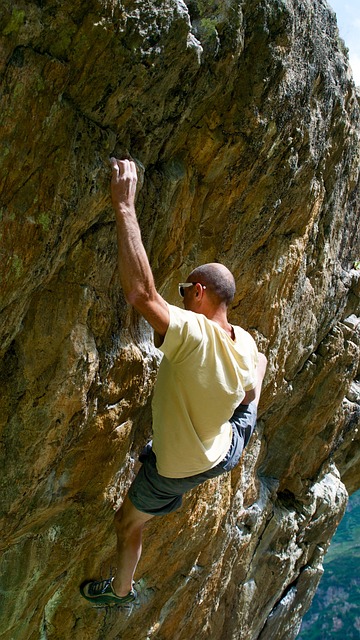
Start in a high plank position
- Such as hands under shoulders, arms straight.
- Body in a straight line from head to heels.
- Such as core tight, glutes engaged.
Drive one knee toward your chest
- Keep the other leg extended.
- Such as don’t let your hips sag or pike up.
Switch legs quickly
- Such as push your leg back and drive the opposite knee forward.
- Think of it like “running in place” in a plank.
Repeat rapidly, alternating legs
- Maintain a steady rhythm and controlled form.
- such as breathe evenly.
2 Replies to “Best Full Body Workout for Females At Home: Top Routines for Strength, Tone, and Energy”
Comments are closed.
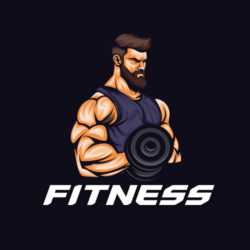
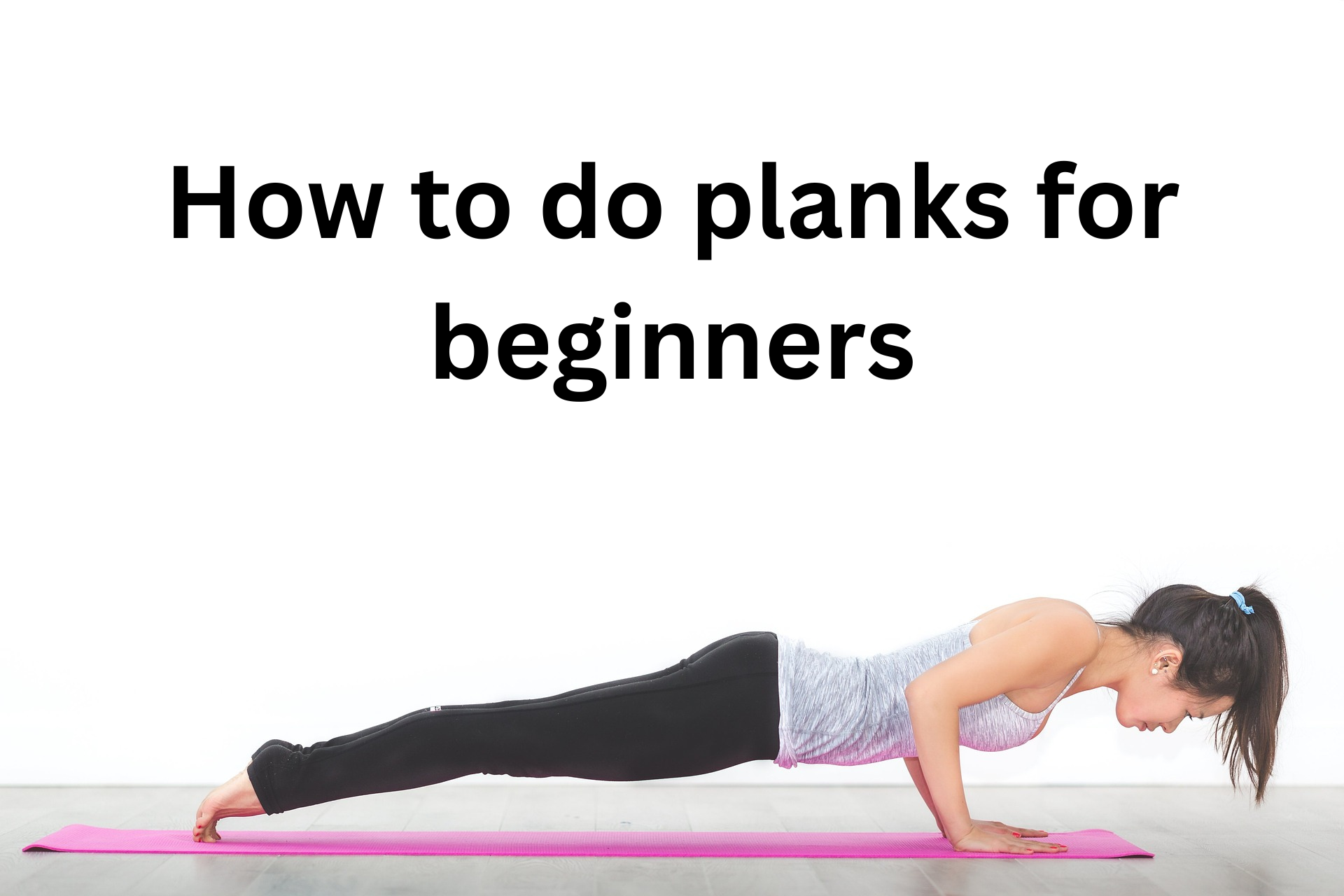
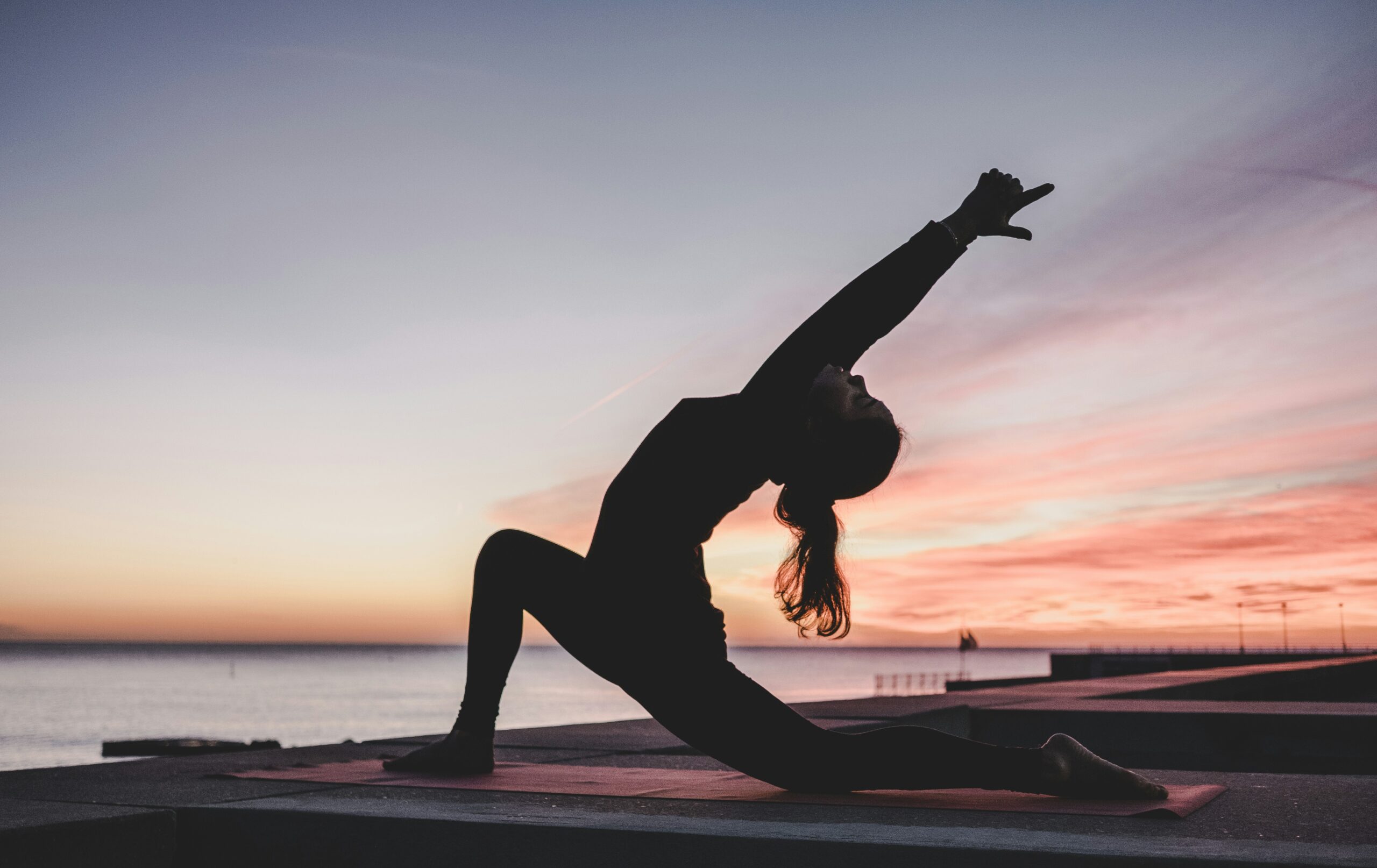

Good INformation
thank you